Almost four weeks after the death of 22-year-old Iranian Kurd Mahsa Amini while detained in Tehran for “inappropriate attire,” the protests her death sparked continue nationwide. The persistence of the protests represents a bold challenge to Iran’s clerical rulers, even if it does not appear to be on the verge of toppling them, the Associated Press reported.
The demonstrations have highlighted Iranians’ frustrations regarding their freedoms and rights. During the protests, many women publicly removed, waved, and burned the headscarves they are required to wear under Iran’s conservative dress codes, which led to Amini’s arrest.
Amini was arrested by the Iranian government’s Guidance Patrol, popularly referred to as morality police. Moreover, the alleged deaths of several teenage girls at the hands of police while protesting have become a rallying cry for more protests.
Iranian authorities have reportedly increased their suppression of nationwide protests by deploying security troops to Kurdish regions of the country, where seven individuals were killed in protests on Wednesday night, AP reports. Included in these deployments are the Basij, a notorious paramilitary militia that has stood at the forefront of repressing unrest since the 1979 Islamic revolution.
According to two sources in Sanandaj, the capital of Kurdistan Province, Basij members and riot police were attacking demonstrators, Reuters reported. Videos on social media that Reuters could not verify showed Basij members beating protesters in Kurdish areas.
Kurds in Iran are part of an ethnic minority spread across Iraq, Syria, and Turkey, and their desire for autonomy has led to clashes with these state authorities.
It is in areas where security forces have previously suppressed unrest among the Kurdish minority that the protests have been most intense, as well as the efforts to suppress them, leading to the alleged killing of over 200 people, according to human rights groups.
The human rights group Hengaw, which covers Iran’s Kurdish regions, reported that protesters in 10 cities were met with “intense violence” from security forces on Wednesday.
It also stated that two people were killed by direct fire from security forces in Kermanshah, sharing a photo of the body of an 18-year-old man claimed to be one of the victims.
Officials have denied that security forces fired on protesters and have previously asserted that around 20 members of the security forces were killed during the nationwide unrest, human rights organization Amnesty International reports.
This is not the first time that the Iranian authorities have faced extended periods of unrest, including a six-month nationwide protest which erupted over a disputed election in 2009, and protests in 2021 that erupted in response to local water shortages but spread nationwide.
While many officials have taken a hard line on the protests, a top adviser to Supreme Leader Ayatollah Ali Khamenei has been quoted questioning whether police should enforce headscarf-wearing – a rare criticism of state efforts to impose the hijab, according to the AP.
Activists on social media have called for protestors to take the streets on Friday in Khuzestan province, home to the majority of Iran’s Arabs.

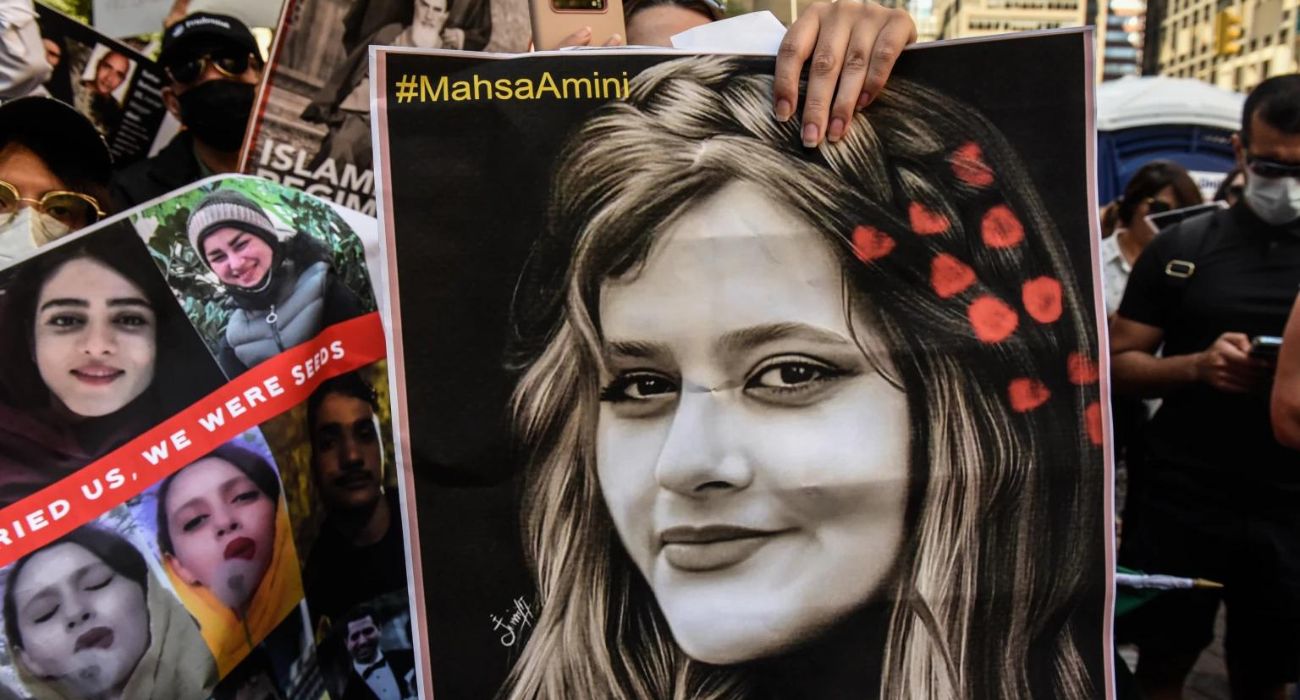
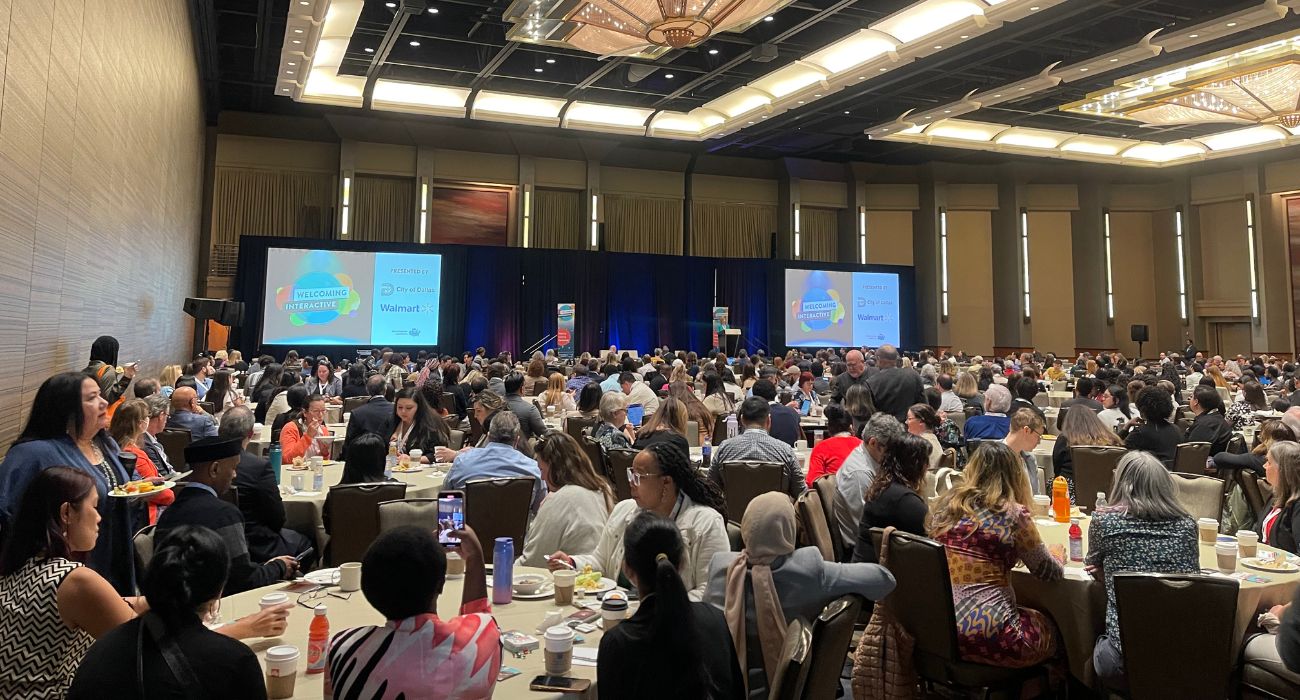
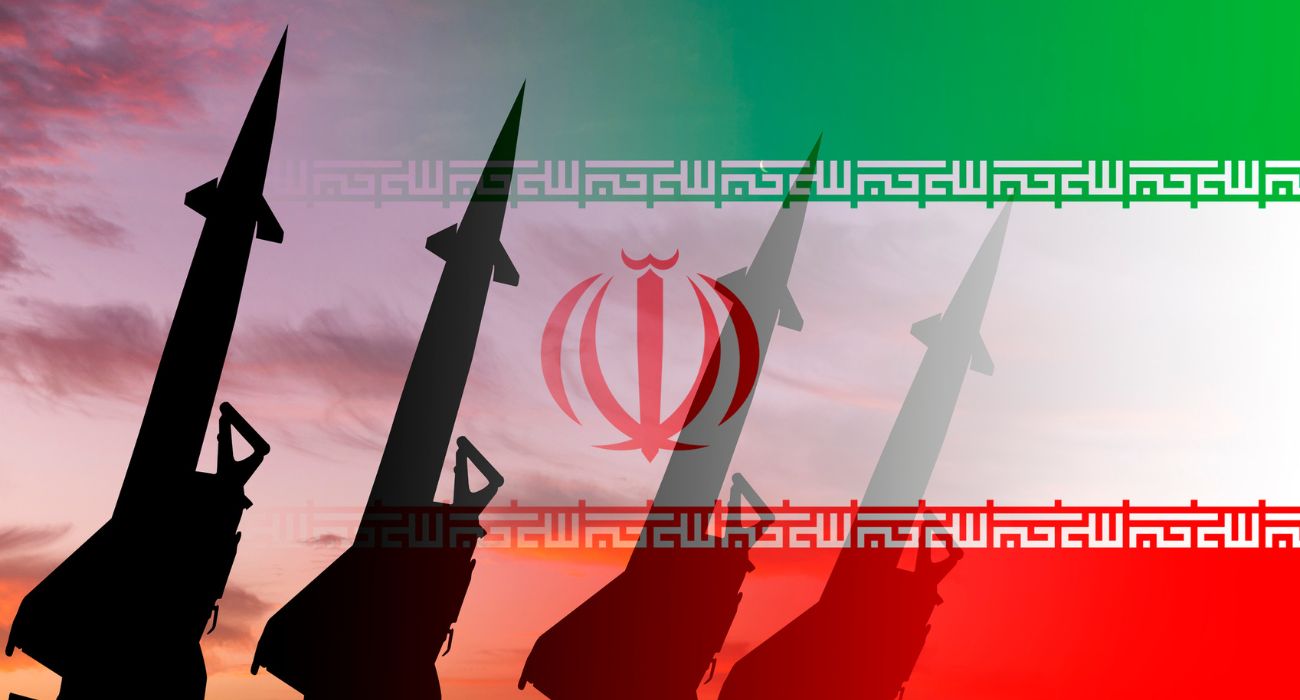

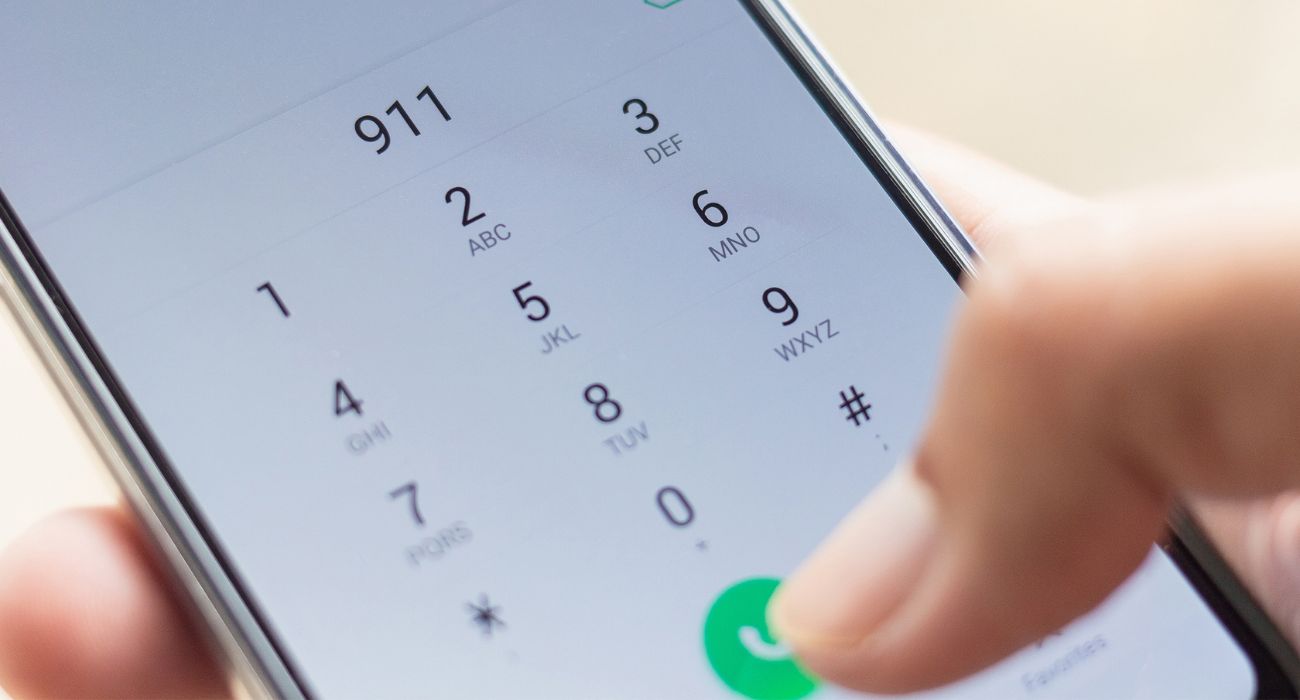
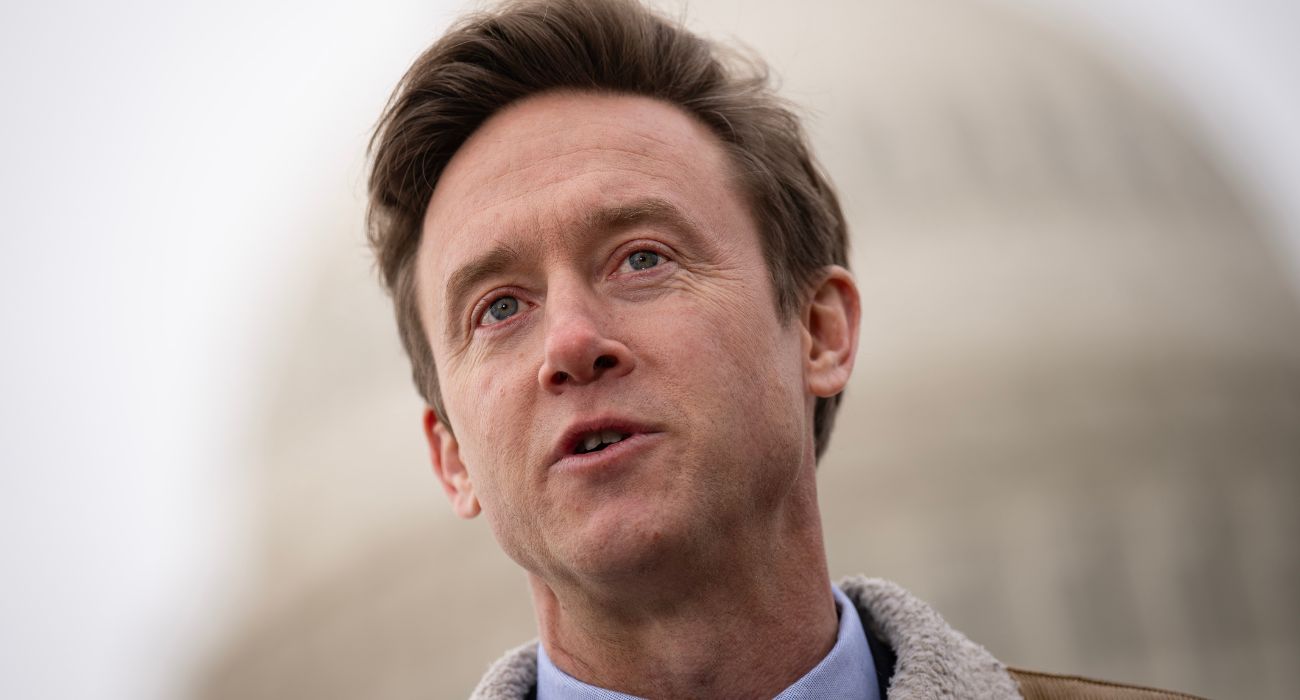
I stand with these brave women that fight for what is right to all Human Beings. FREEDOM